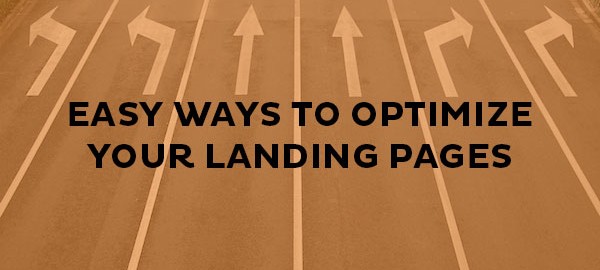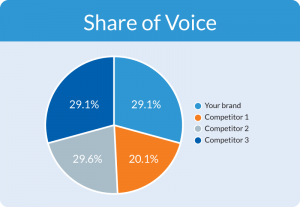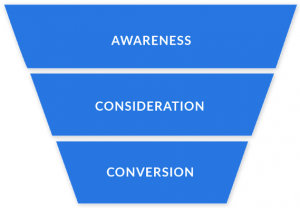
Landing pages are where those ceaseless blogging efforts come to fruition. They’re where your content marketing investment realizes its return, and your engaged blog readers become grateful customers.
To help you improve the conversion rates of your landing pages, whether from blog posts or paid traffic avenues, I’ve covered five psychology-inspired landing page strategies—each designed to hook your visitor’s attention and drive them toward that all-important call to action.
1. Recognize the Information Trade-Off
Landing pages serve a sole purpose: they collect visitor information in exchange for a free resource. This value exchange is at the heart of content marketing, balancing the perceived value of the assets your business offers (in the form of blog posts, guides, eBooks, and so on) with the willingness of your visitors to give up personal information.
On your landing pages, there’s an obvious trade-off at play: the more information you demand from your visitor, the greater the value you’re required to offer in return.
Highly detailed contact forms that require addresses, phone numbers, and personal preferences information will need to be balanced by a high-value asset and a decent amount of persuasive sales copy.
If you’re just looking for a name and email, you’ll likely convert with a simple asset and a handful of bullet points.
2. Use Bullet Points
I mentioned bullet points for good reason: they convey the relevance and benefit of your landing page offer in the blink of an eye. When visitors click through to a landing page, you have a few seconds to make a great first impression, or risk your hard-earned visitor clicking the Back button.
Bullet points allow you to:
- Immediately convey the key benefits of your offer
- Draw the visitor’s eye down the page, toward the call to action (CTA)
- Encourage action using the Serial Position Effect
3. Hide Your Nav Bar on Landing Pages
Distraction is the enemy of conversion. Every page element is a potential conversion-killer, with navigation bars being particularly effective at reducing click-throughs.
Each link in your navigation bar is a potential way of exiting your landing page without clicking the CTA. While Home, Products, Blog, and Contact links are essential for site navigation, their purpose has been served by the time a visitor reaches a landing page.
With that in mind, it’s crucial to leave a single visible exit option. Channeling a visitor to a landing page without any links can make your would-be customer feel coerced and manipulated, so always leave a visible homepage button. After all, it’s better to send a visitor back to your own site than force them to close a tab or go to another site.
4. Design Continuity Instills Trust
When it comes to relinquishing personal information, people are understandably skeptical. With growing numbers of phishing websites, spam, and too-good-to-be-true offers, your visitors will be on the lookout for any signs that your landing page is in any way suspicious or misleading.
Thankfully, design continuity makes it easy to reassure your visitors. By continuing the same color schemes and page layouts, you can help visitors trust your landing page and feel comfortable enough to part with personal information.
- Always include a visible logo
- Use color continuity and aim for congruence with the rest of the site’s design (this can be a particular problem for brands that use standalone landing page providers)
- Avoid landing pages that are hosted on separate domains (if your main website is hosted at example.com, your landing page needs to be hosted there too)
5. Use a Contrasting CTA Color
There’s one crucial exception to the color continuity rule: your CTA. Your call to action needs to stand out from everything else on your page, and should be immediately visible when a visitor arrives at a your landing page.
The easiest way to do this is by using a contrasting color—something that bucks the trend of your website’s design theme. If your site uses a blue/green color scheme, try a red CTA, and so on.
You can also encourage a conditioned response by reserving a particular color (say red) exclusively for CTAs, buttons, and offers. Every instance of that color will trigger your visitor’s subconscious to pay attention, and encourage an all-important action whenever you need it.
(204)
Report Post





